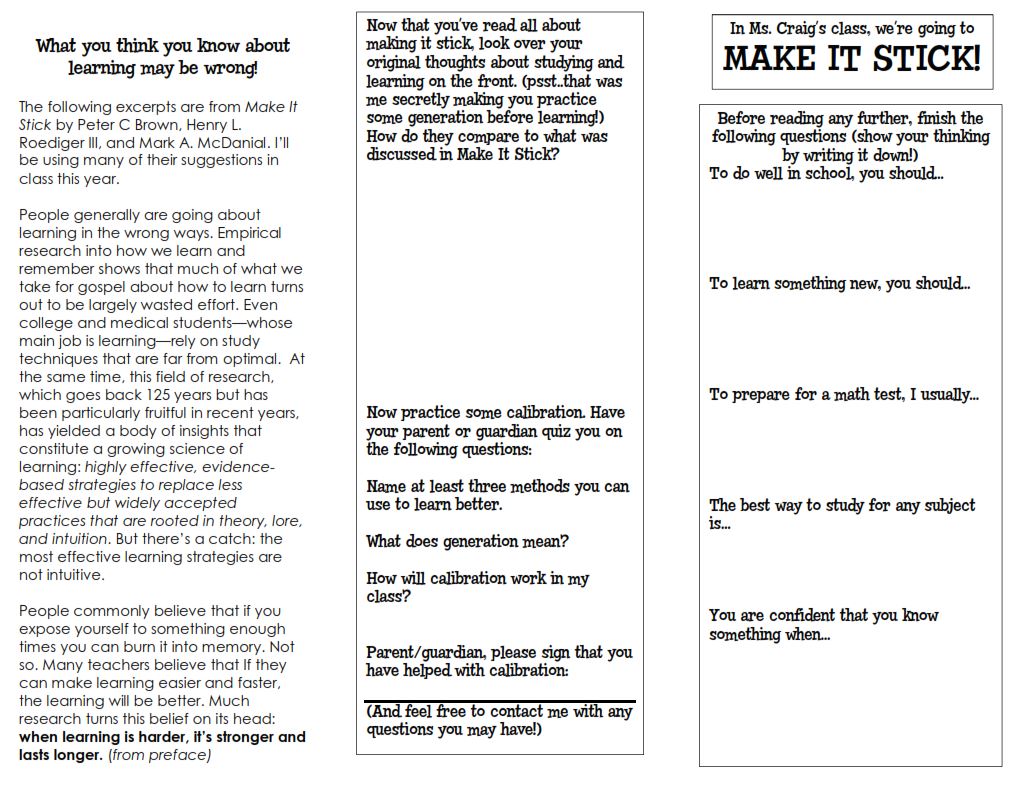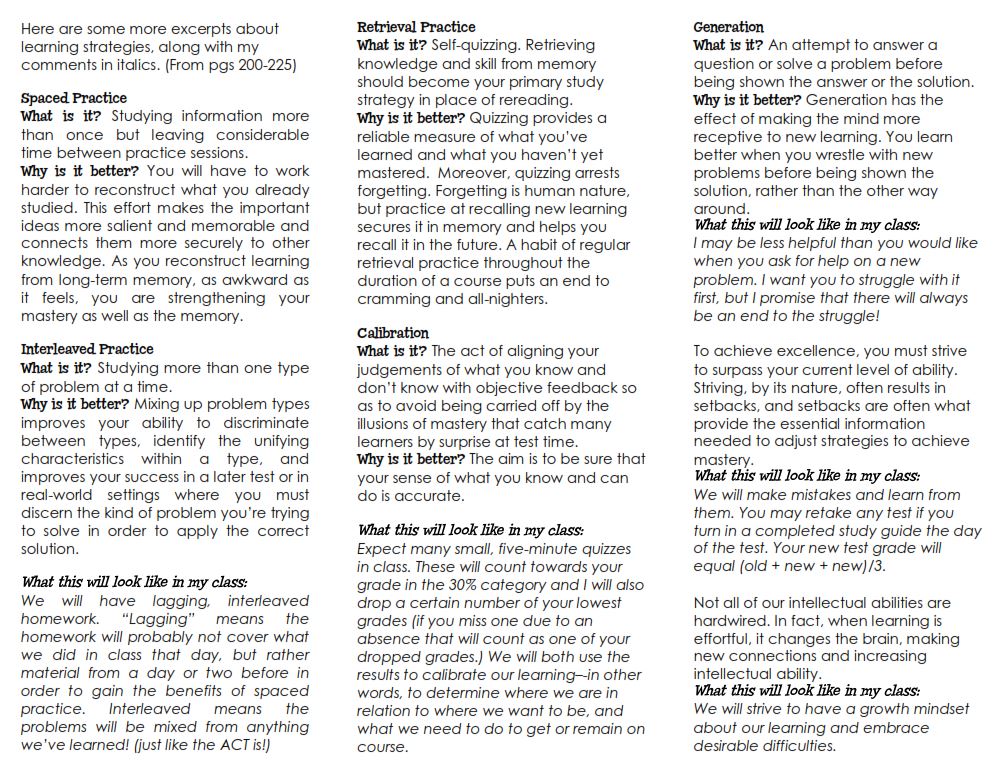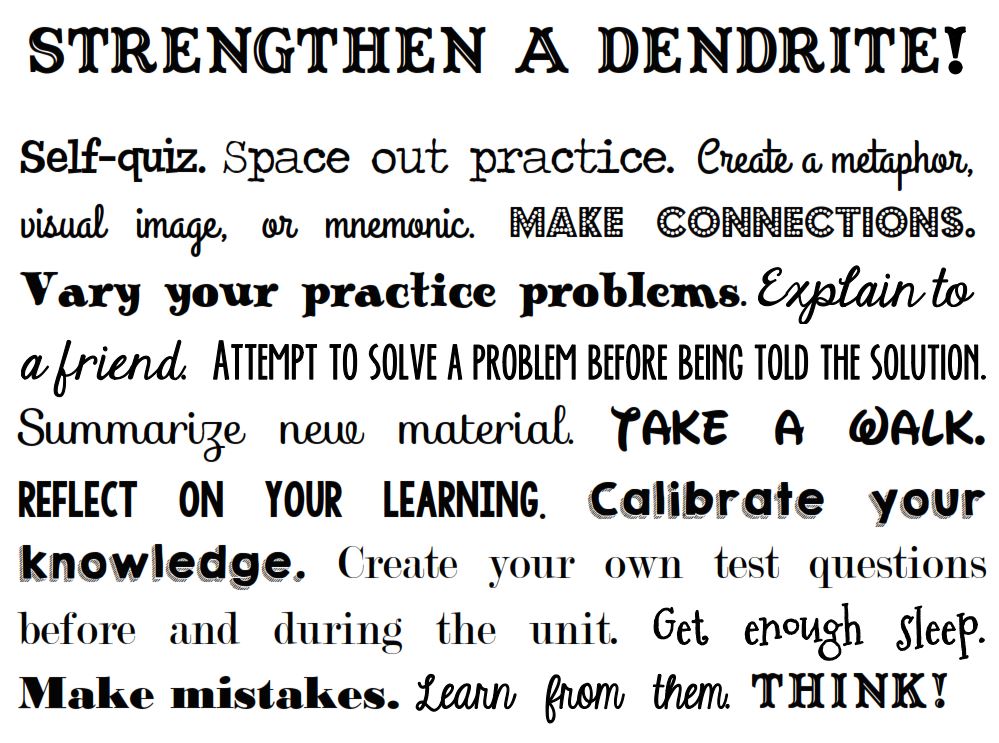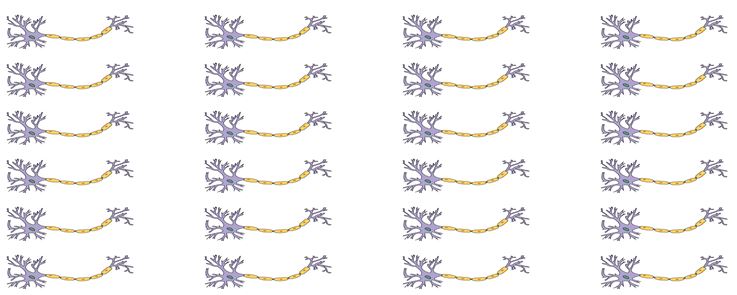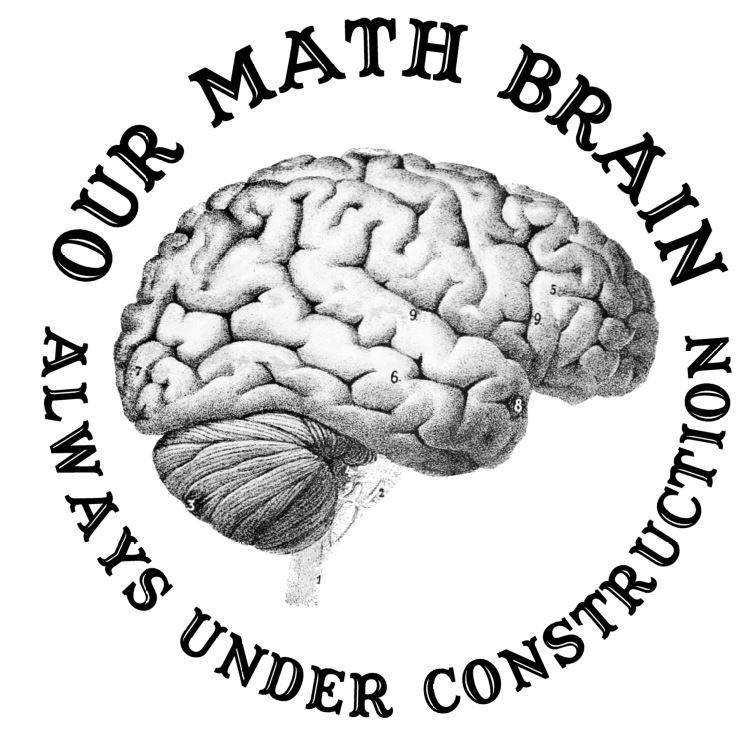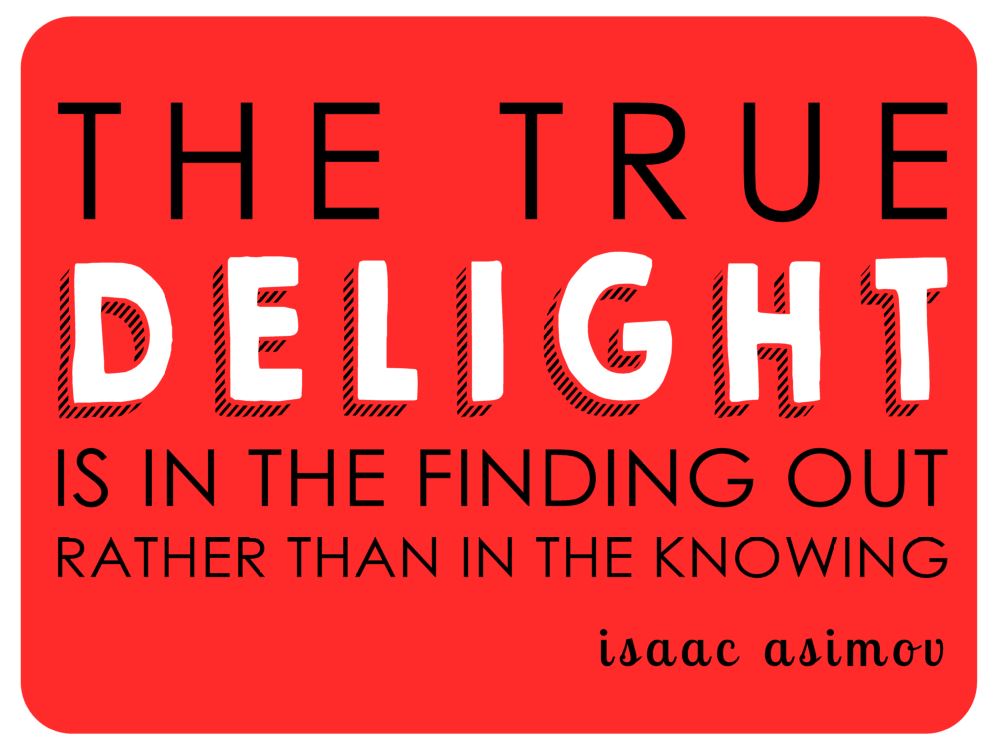I actually started on the 13th, but am just getting around to blogging about it because I spent all last weekend making lagging, spiraling homework as well as activities that were not worth the effort I put into them (but that’s a topic for another post). I’m teaching Algebra II w/ Trig and PreAP Precal, but I did the same thing in both classes for the first two days. I’m also adding a rating system from 1 (that sucked) to 10 (that was awesome)
Thursday:
- High-fived all students and checked off names/got nicknames as they walked in. Rating: 9 due to difficulty in multitasking, also weird looks from students
- Had them fill out google survey. Besides name, nickname, class period, these questions are also on there:
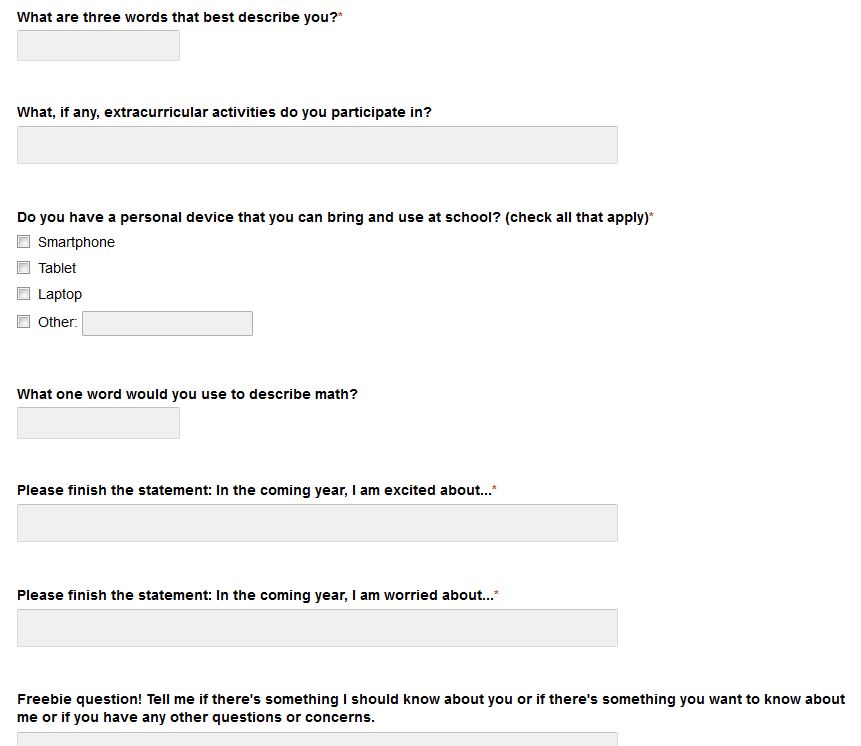 Rating: 8 I thought these kids could text fast, but it always takes sooooo long.
Rating: 8 I thought these kids could text fast, but it always takes sooooo long. - Told them a bit about myself. Rating: 10 because I’m awesome.
- Hit the high points of the syllabus, showed them how to get to my google doc that will have links to everything we do in class SO DON’T ASK ME WHAT YOU MISSED. Rating: 5 I mean, it’s a syllabus.
- Played the first day video from youcubed’s week of inspirational math. Rating: 7 Couldn’t get much discussion out of them after it, but it was first day.
- Continued with youcubed’s day one activity of writing group norms. Now I just need to make them into a poster. Rating: 8 Got everyone involved and talking. Got some good descriptors: “Open-mindedness” “Listening” “Optimistic”
- Spent the rest of the day with the Four Fours activity, also from youcubed’s suggested first day. Basic idea: use four fours and any math operation(s)/symbol(s) to make all the numbers from 1-20. Rating: 10 Almost 100% participation the whole time. This would also be a great starting activity for order of operations. Two classes had enough time to get all 20!
- Homework was reading the Make It Stick handout and also having parent fill out google survey, here’s the good part of it:
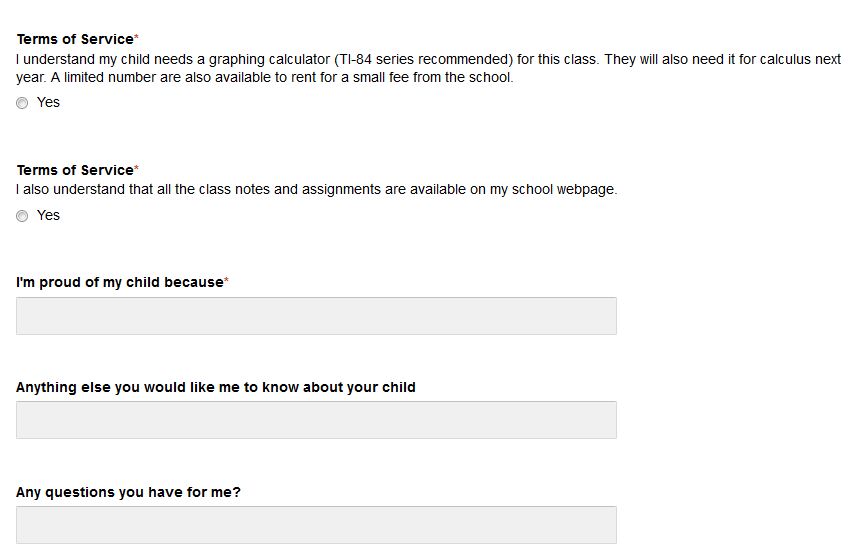 Rating: 7 Only about 75% of parents have filled it out as of yesterday. On the other hand, one parent actually wrote in the additional comments section, “Thank you for a great and innovative syllabus experience.” The “I’m proud of my child because” question is great to refer to in parent meetings.
Rating: 7 Only about 75% of parents have filled it out as of yesterday. On the other hand, one parent actually wrote in the additional comments section, “Thank you for a great and innovative syllabus experience.” The “I’m proud of my child because” question is great to refer to in parent meetings.
Friday:
- High-fived everyone again. Rating: 10 Pro tip: If you’re setting stuff up between classes as kids are coming in, just go around the room quickly and high-five them before you stand outside the door.
- Bellringer was 3 things you learned from the reading, 2 questions you still have, and one interesting fact. After they finished writing, I gave them 1 minute to share interesting fact with group. Then I gave them 2 minutes to try to answer each other’s questions, then asked each group to share questions they still had and I answered them. I gave them another 2 minutes to decide their favorite key idea as a group, had each group share, then I elaborated with more information from the book. Rating: 9 Good discussions in each class! Especially when I brought up the fact about re-reading not being helpful and “illusions of mastery.” My favorite moment: I was discussing lagging homework and asked, “so have you ever been in a class where the teacher says, ‘uh-oh, I have two minutes to finish this problem that you need to know in order to do the homework?’ Well, now we can hold off until the next day since your homework won’t apply to today’s lesson!” Then one girl replied, “Or we could try it as homework as generation for the next day!” I think I may have cheered when she said that.
- I had them fill out their math goal and find accountability buddies. Rating: 3 Almost every single student just wrote “make an A.” I also haven’t had time for them to check in with their accountability buddies. Would not do again, or maybe wait until a few weeks into class.
- Up next was paper folding from youcubed.org. Rating: 2 I would not do this activity again. After the quick success of the first two (fold a square into a square that is 1/4 of the original; fold a square into a triangle that is 1/4 of the original), the next ones amp up the difficulty by quite a bit (fold a triangle that is 1/4 of original square but not congruent to first triangle; fold 2 different squares that are 1/2 of the original). Also, when students thought they got it, instead of convincing their partner, they would call me over and ask me if it was right. Quite a few students embraced the challenge and kept on folding, but for many of them, the frustration (and maybe pointless-ness?) was just too great and they quit. I’d be interested to hear if those teaching younger students have more success. And I still don’t know how to do the second square oriented differently from the first that has 1/2 the area of the original. I thought quite a few of them had it but upon trying to convince me, they didn’t.
I hope to back soon with a recap of the first real week of teaching, but after working on math for the last two weeks straight I need an afternoon of not thinking. At all.
My thing: It has been a while since I share a favorite thing, so today I’m going to absolutely amaze you with CamelCamelCamel. This is a price tracker for Amazon and works in three different ways: 1) Connect it to your Amazon wishlist. It will automatically alert you via email when the price of something you want has gone down. You can also add individual items on the website (great for tracking stuff from other people’s wishlists for gifts) 2) Use the browser plug-in or copy the amazon URL into its webpage to see the price history. Great to know if that $40 price is just a high mark, or if it’s been $40 for the last three months, or if it wavers between $30 and $50. 3) Browse their list of popular products for “good deals” and “best prices.” Two things it doesn’t do: it does not alert you to lightening deals (but I usually get an alert if its a an-day daily deal) and it also cannot track kindle book prices. But I still think it’s a great tool! And you could probably do something really mathy with the historic price charts, too.
